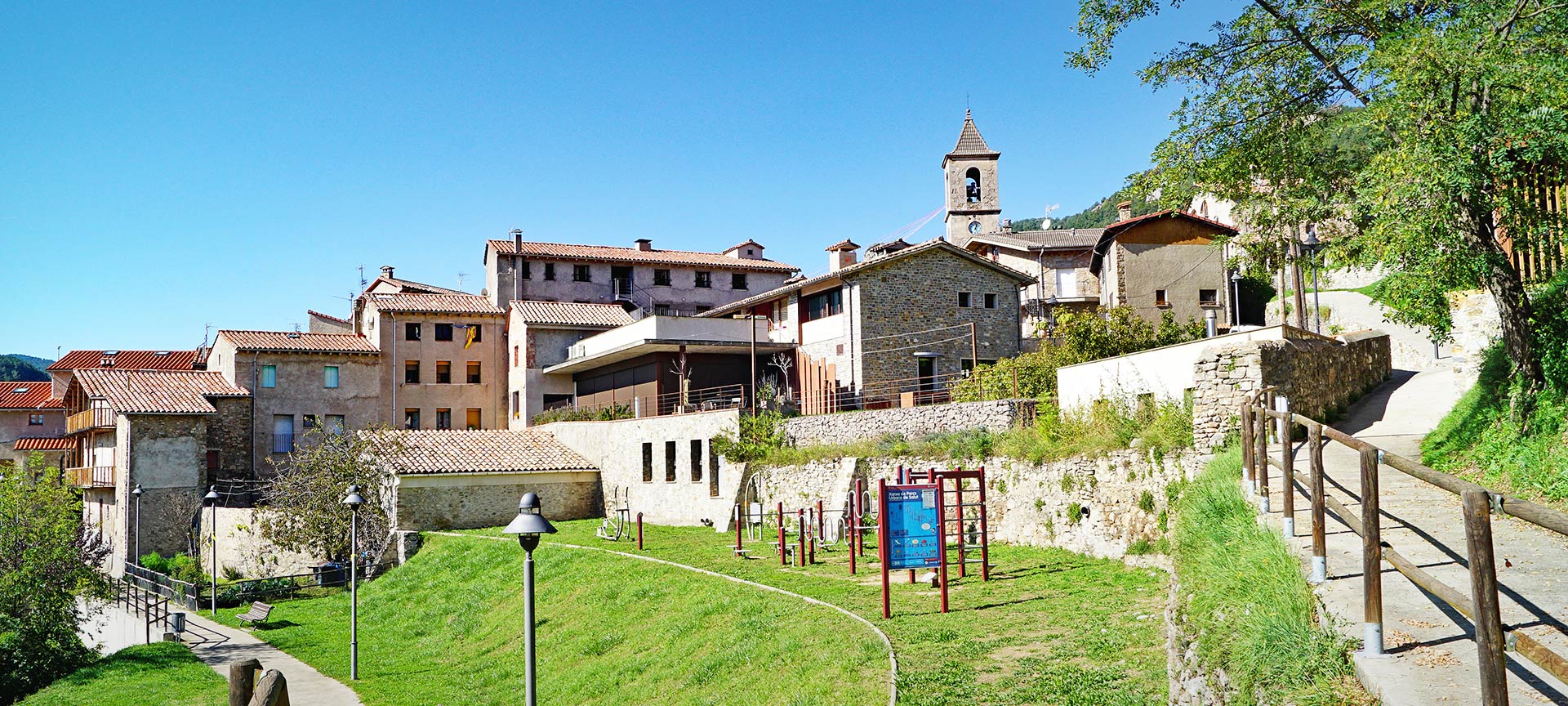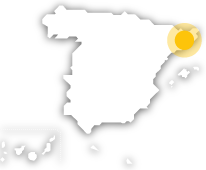
Castellar de N’Hug is a picturesque village in the northern end of Barcelona province, in the Berguedà region.
In a fabulous natural setting, the village includes some lovely Catalan Romanesque architecture. Castellar de N’Hug has well-preserved medieval cobbled streets with beautiful examples of rural vernacular architecture, characterised by traditional stone houses. The Middle Ages was a time of great artistic splendour and prosperity for the village, as can be seen in the many Romanesque structures throughout the region. The church of Santa María de N’Hug, in the village centre, was built in the 11th century, with later Neo-Classical additions.
Debe activar Javascript para poder utilizar este servicio


